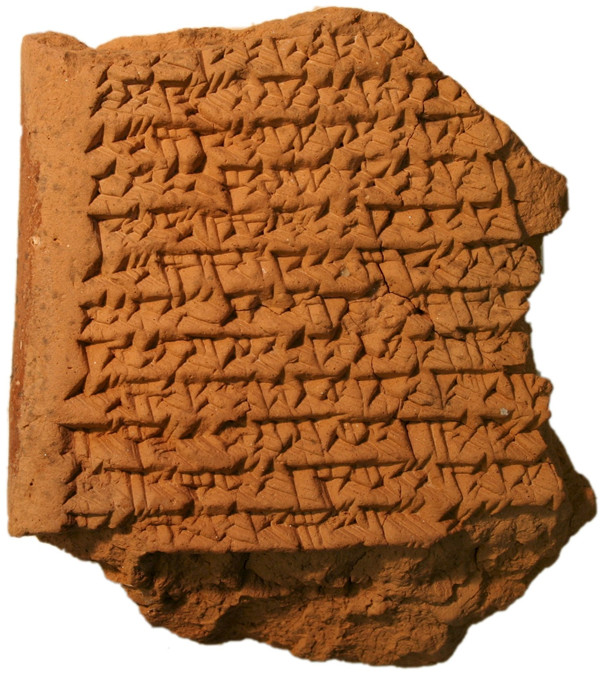Knowing all the angles: Ancient Babylonians used tricky geometry
(Agencies) Updated: 2016-01-29 09:20
 |
|
A clay tablet dating from 350 to 50 BC is seen in an undated handout picture released by the Trustees of the British Museum and Mathieu Ossendrijver. [Photo/Agencies] |
Babylonian astronomers produced tables with computed positions of the planets, Ossendrijver said.
"They provided positions needed for making horoscopes ordered by clients, and they also held the view that everything on Earth - from river levels to market prices, for example grain, and weather - is connected to the motion of the planets. So by predicting the latter they hoped to be able to predict things on Earth," Ossendrijver added.
He noted that the tablets themselves do not mention anything about these astrological applications.
The four tablets, excavated around 1880, were stored at the British Museum in London. The cuneiform characters were impressed in soft clay with a reed stylus and the tablets may have been stored in the scientific library of an astronomer or a temple building, Ossendrijver said.
The tablets contain geometrical calculations based on a trapezoid's area, and its long and short sides. It had been thought that Babylonian astronomers relied only on arithmetical concepts, not geometric ones.
The ancient Greeks also were known for using geometry, but the Babylonian tablets employ it in a more complex, abstract manner.
The research was published in the journal Science.





